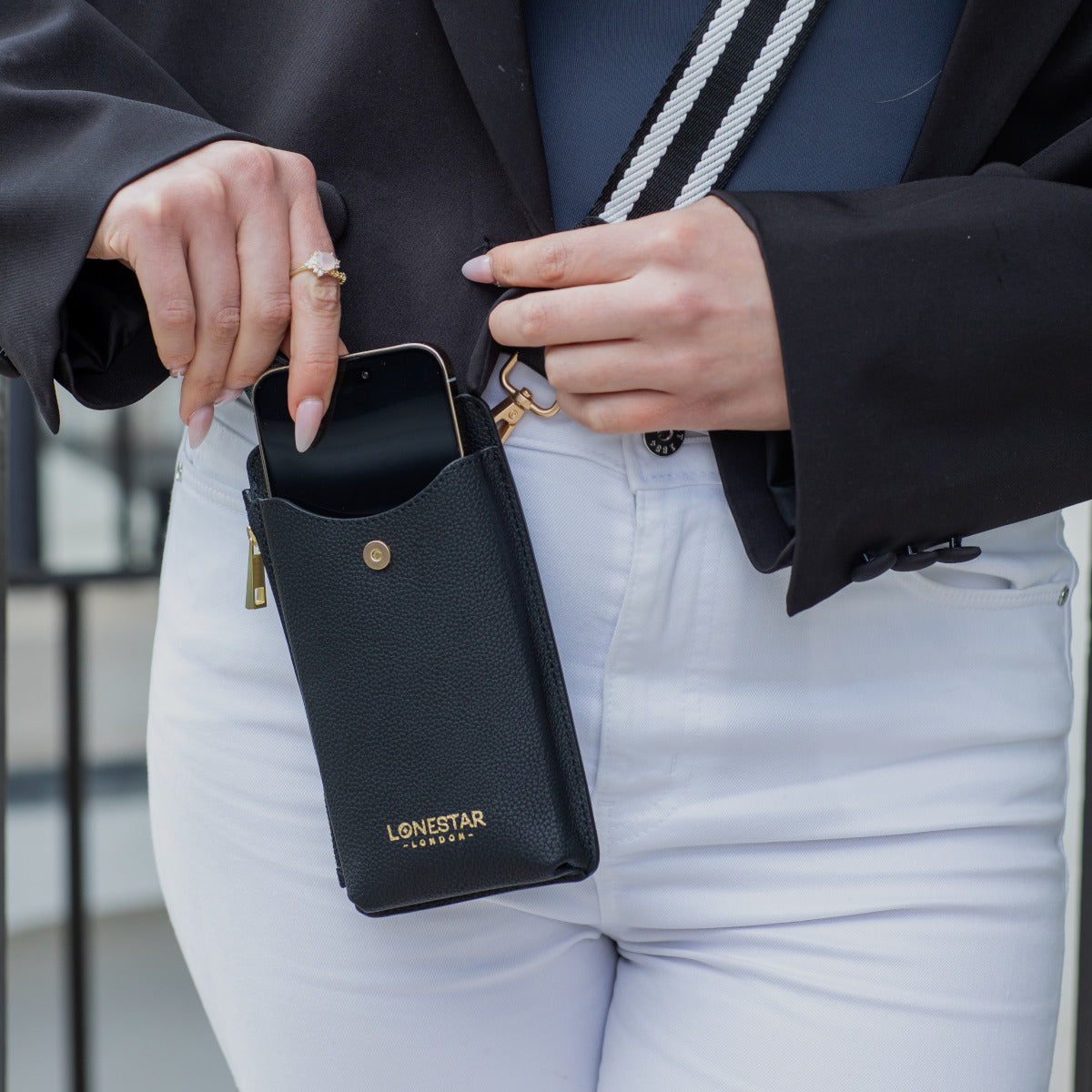Welcome to the quirky world of leap years, where time takes an extra day to do its dance around the sun every four years. Imagine the Earth as a cosmic dancer, and every now and then, it decides to throw in a bonus move – for more history and fun facts see below* 🥸
Now, let's hop into history, to an old Irish tradition that danced its way into leap year lore. Back in the day, women were apparently tired of waiting for their suitors to pop the question.
The tradition's origins are a bit hazy, with various accounts attributing it to different historical moments. One common tale traces it back to St. Bridget striking a deal with St. Patrick in the 5th century, allowing women to propose during leap years to balance gender roles.
In Ireland, the tradition has been upheld for centuries, and women, especially in rural areas, would seize the opportunity to propose marriage on Leap Year Day, which occurs every four years.
The idea of women proposing during a leap year has endured as a charming and unconventional twist on traditional gender dynamics and social norms, creating memorable moments for any couple who decide to take the leap 😉
What will you be leaping to do on Leap Year Day?
*The addition of an extra day in a leap year, February 29th, is rooted in the efforts to synchronise our calendar with the Earth's orbit around the sun. A leap year occurs approximately every four years to compensate for the fact that Earth's orbit takes about 365.25 days.
The Julian calendar, introduced by Julius Caesar in 45 BCE, included an extra day every four years, creating a 365.25-day average year. However, this slightly overcompensated for the actual length of a year. In the 16th century, Pope Gregory XIII refined the system with the Gregorian calendar, which we use today.
The Gregorian calendar maintains the leap year concept, but with a more precise rule. A year divisible by 4 is a leap year unless it is divisible by 100 but not divisible by 400. This adjustment ensures a closer alignment with the solar year. Hence, February 29th is the designated day that keeps our calendars in harmony with the astronomical dance of Earth around the sun.








Leave a comment
This site is protected by hCaptcha and the hCaptcha Privacy Policy and Terms of Service apply.